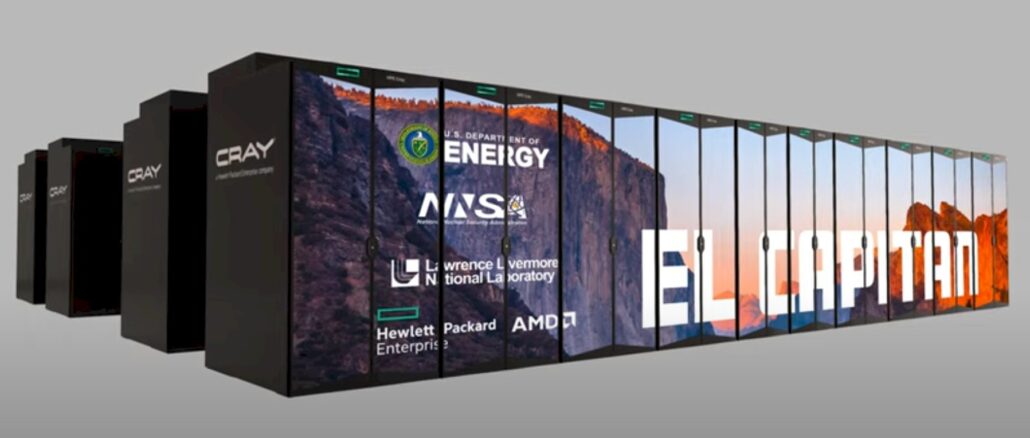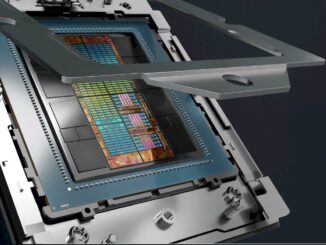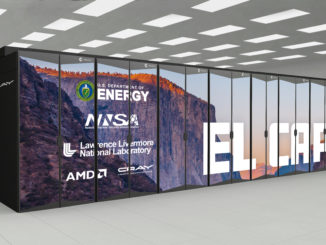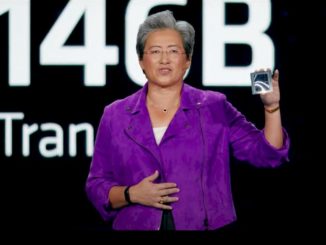
Lining Up The “El Capitan” Supercomputer Against The AI Upstarts
The question is no longer whether or not the “El Capitan” supercomputer that has been in the process of being installed at Lawrence Livermore National Laboratory for the past week – with photographic evidence to prove it – will be the most powerful system in the world. …








